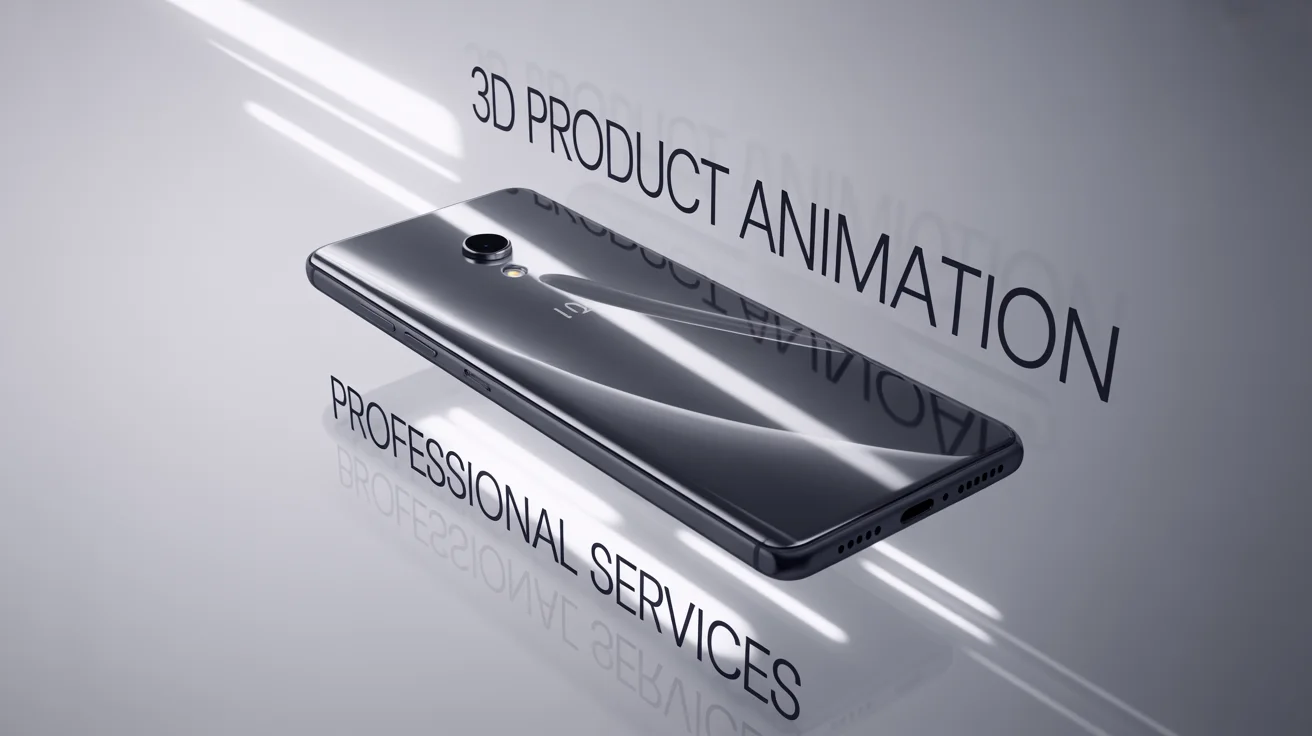Static photos fail at three things every product needs most: clarity, context, and motion. They do not show how a product works, fits, or behaves. 3D animation fixes that. It shows each part, movement, and texture in seconds. That changes how people decide to buy.
This post explains why design and marketing teams now rely on 3D. It shows practical ways to use it in product design and digital advertising. It also shares how to budget, brief, and measure results with confidence.
Dive deeper into insights that matter—see how others are transforming their strategy.
Why 3D Changes the Way Products Are Designed
3D removes guesswork. You can rotate models, open them, and see hidden parts. That speeds up decisions and lowers design costs. Teams use 3D to test shape, scale, and function before building a prototype. A single digital tweak can replace multiple mockups. The result is fewer physical samples, shorter timelines, and faster launches.
3D also makes collaboration cleaner. Engineers, marketers, and suppliers all view the same file. Everyone sees precise proportions and assembly. This reduces revisions and speeds up approval.
Design validation gets quicker too. Stakeholders approve faster when they see motion instead of static CAD exports. In real terms, that means faster feedback loops and fewer mistakes.
Why Motion Sells Better Than Static Images
In digital advertising, attention is the currency. Motion stops the scroll. 3D provides realistic motion that explains a product faster than any photo.
Short 3D loops work best for social feeds. Show a product rotating or opening. Highlight its finish and detail. These small moves create clarity, which leads to better engagement and more conversions.
3D also gives control over lighting, camera, and color without repeat photo shoots. You can adjust creative direction instantly. That saves time and production cost across campaigns.
Brands using 3D in ads often see higher engagement and lower return rates. Customers buy with confidence when they understand what they are getting.
What Problems 3D Solves in Marketing and Production
Static photography struggles with complex or modular products. It hides parts, limits angles, and inflates logistics costs. 3D solves all of it.
Use cases include:
- Explainer animations for mechanical or tech products.
- Product configurators where customers choose colors and finishes.
- Hero loops for social and eCommerce.
- Exploded views for manuals and presentations.
Each use case creates more clarity and fewer post-purchase issues. Teams save time. Customers understand faster. Everyone wins.
How to Bring 3D into Your Workflow
Start small. Pick one product line that causes the most confusion or returns.
- Identify your goal. (Higher engagement, fewer returns, faster approvals.)
- Create a short animated loop that shows the product clearly.
- Test it for four weeks across ads or product pages.
Track engagement and conversion. The data will show if 3D fits your business. Once proven, expand it to more SKUs.
Building a Smart 3D Pipeline
A clear workflow keeps costs low and results consistent. Keep a single master model. From it, export lighting, camera angles, and materials for each channel. This avoids version confusion.
When outsourcing, ask how the studio manages file versions. Ensure they provide editable formats your team can reuse. Consistency across tools keeps renders aligned with the real product.
What to Look for in a Professional Studio
You do not need the biggest studio. You need one that communicates well and understands your category. Ask to see their workflow from CAD to final render. Request examples where they reduced prototyping or improved ad performance. Check references and real client outcomes.
A good partner delivers layered scenes and editable assets. They use structured naming and version control. This keeps your library organized and reusable for future projects.
Timelines and Cost Ranges
A simple 15-second loop can take two to four weeks. A complex explainer or product breakdown might need up to eight weeks.
Pricing depends on detail, materials, and reusability. Expect a small project to cost less than a full product photo shoot. The upfront cost becomes cheaper per asset as you reuse the model across multiple campaigns.
Typical cost items:
- Modeling and texturing.
- Lighting and materials.
- Animation and camera work.
- Rendering and compositing.
- Revision rounds.
How to Measure and Scale Results
Start with one goal, such as higher conversions or fewer returns. Track short-term engagement and long-term product satisfaction. Combine the two for a clear success metric.
Once your pilot shows results, build a shared library of 3D models. Use it for ads, ecommerce, training, and packaging. A library reduces launch time and maintains visual consistency across all campaigns.
Building Long-term Partnerships
Look for a 3D partner who treats assets like part of your system, not just one-off files. They should share editable scenes, clear file structures, and future-ready formats.
A strong 3D animation studio also guides you on reuse. They help apply assets across social media, product demos, and retail displays. That multiplies your return from each project.
Why 3D Product Animation Services Matter Today
Visual content drives digital business. Static photos cannot keep up with how fast customers browse. 3D product animation services close that gap by turning product details into instant understanding.
Buyers see the real use, fit, and scale. That confidence leads to faster checkout and lower returns. For brands, 3D means creative control, consistent visuals, and fewer production costs. 3D is not about flash. It is about clarity. It helps teams show what words and photos cannot.
Final Takeaway
3D is no longer an extra. It is the most adaptable, controllable, and cost-effective way to show products clearly across every channel. Start small, test smart, and measure results. The data will prove the value. Once it does, scale with a reliable partner who knows your category and builds assets that last.
Discover our handpicked stories that are making waves in your industry now.

